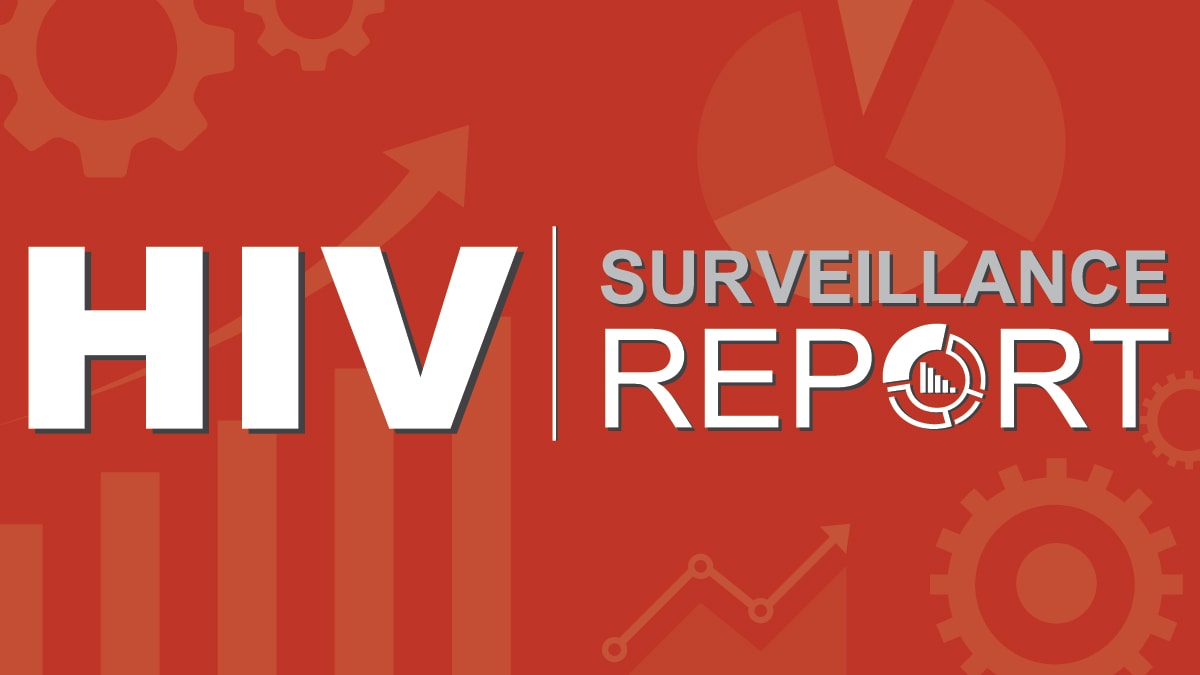At a glance
These descriptive, unweighted data can be used to describe HIV infection among MSM and the percentages reporting specific behavioral risk factors, HIV testing, and participation in prevention programs. Monitoring these outcomes is useful for assessing behavioral risk factors and the use of prevention efforts over time and for identifying new HIV prevention opportunities for this population.

Key findings
HIV Testing Among Gay and Bisexual Men Without HIV

*Having had an HIV test during the 12 months before the interview.
PrEP Awareness and Use Among Gay and Bisexual Men Without HIV

* Took pre-exposure prophylaxis (PrEP) at any point during the 12 months before interview.
Data include all participants who did not report a previous positive HIV test result and participants who received their first positive HIV test result less than 12 months before interview.
HIV Treatment Among Gay and Bisexual Men With HIV

*Taking HIV medicine at the time of the interview.
Data include all participants who reported having ever received a positive HIV test result, regardless of NHBS HIV test result.
Data releases
- HIV Infection Risk, Prevention, and Testing Behaviors Among Men Who Have Sex with Men—National HIV Behavioral Surveillance, 13 U.S. Cities, 2021
- Back Issues of Data Reports on CDC Stacks
- NCHHSTP Atlas Plus
Technical notes
Suggested citation
Centers for Disease Control and Prevention. HIV Infection Risk, Prevention, and Testing Behaviors Among Men Who Have Sex with Men—National HIV Behavioral Surveillance, 13 U.S. Cities, 2021. HIV Surveillance Special Report 2023; 31.
